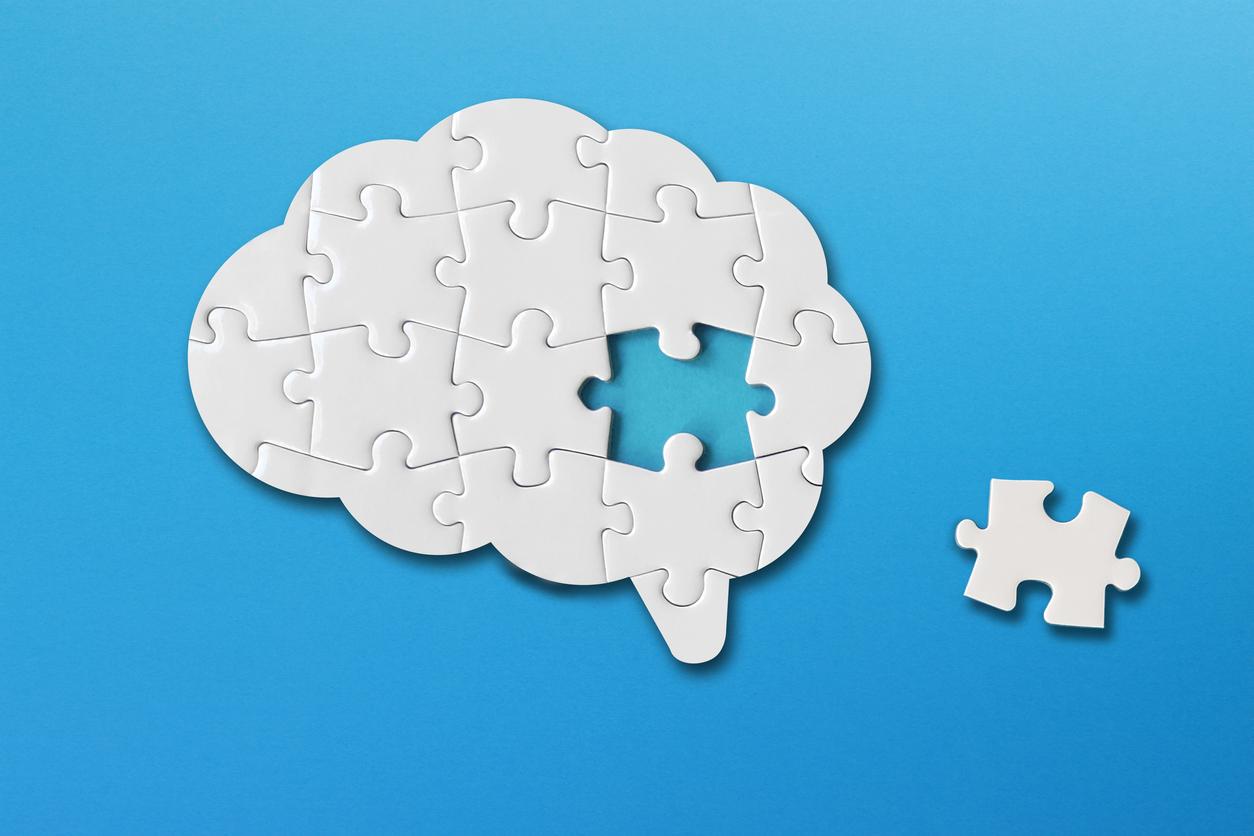September 30, 2009 – Engaging in intellectually stimulating leisure activities would help reduce the risk of suffering from senile dementia and Alzheimer’s disease, French researchers conclude.
Scientists followed for 4 years a cohort of 5,698 subjects aged 65 and over1. None of the participants showed signs of dementia at baseline. The researchers ranked each of the participants according to the types of activities they engaged in and the time they devoted to it each day and on a monthly basis. They then noted the cases of dementia (including Alzheimer’s disease) that occurred during the 4 years of the study.
According to the results, participants who engaged in cognitively stimulating activities at least twice a week (doing crossword puzzles, playing cards, going to the movies, for example) saw their risk of suffering reduced by 50%. dementia or Alzheimer’s disease. The researchers note, however, that this type of activity did not provide protection against vascular or atherosclerotic dementia. They also did not observe any protective effect for the other categories of leisure activities.
These results cannot constitute proof of a cause and effect relationship. The study’s authors raise the possibility that the findings could be explained by the fact that the decline in cognitive abilities usually begins long before the disease is diagnosed. Subjects are therefore inclined to avoid intellectually demanding activities for fear of being confronted with their incompetence.
|
The 4 types of leisure activities taken into account in the study |
|
|
Stimulating |
Do crosswords, play cards, go to the cinema or the theater, practice an artistic activity … |
|
Social |
Receive or visit relatives or friends … |
|
Physical |
Doing odd jobs or gardening, going for a walk … |
|
Passive |
Watch television, listen to the radio, listen to music, sew or knit … |
Pierre Lefrançois – PasseportSanté.net
1. Akbaraly TN, Portet F et al. Leisure activities and the risk of dementia in the elderly: results from the Three-City Study. Neurology. 2009 Sep 15; 73 (11): 854-61.















